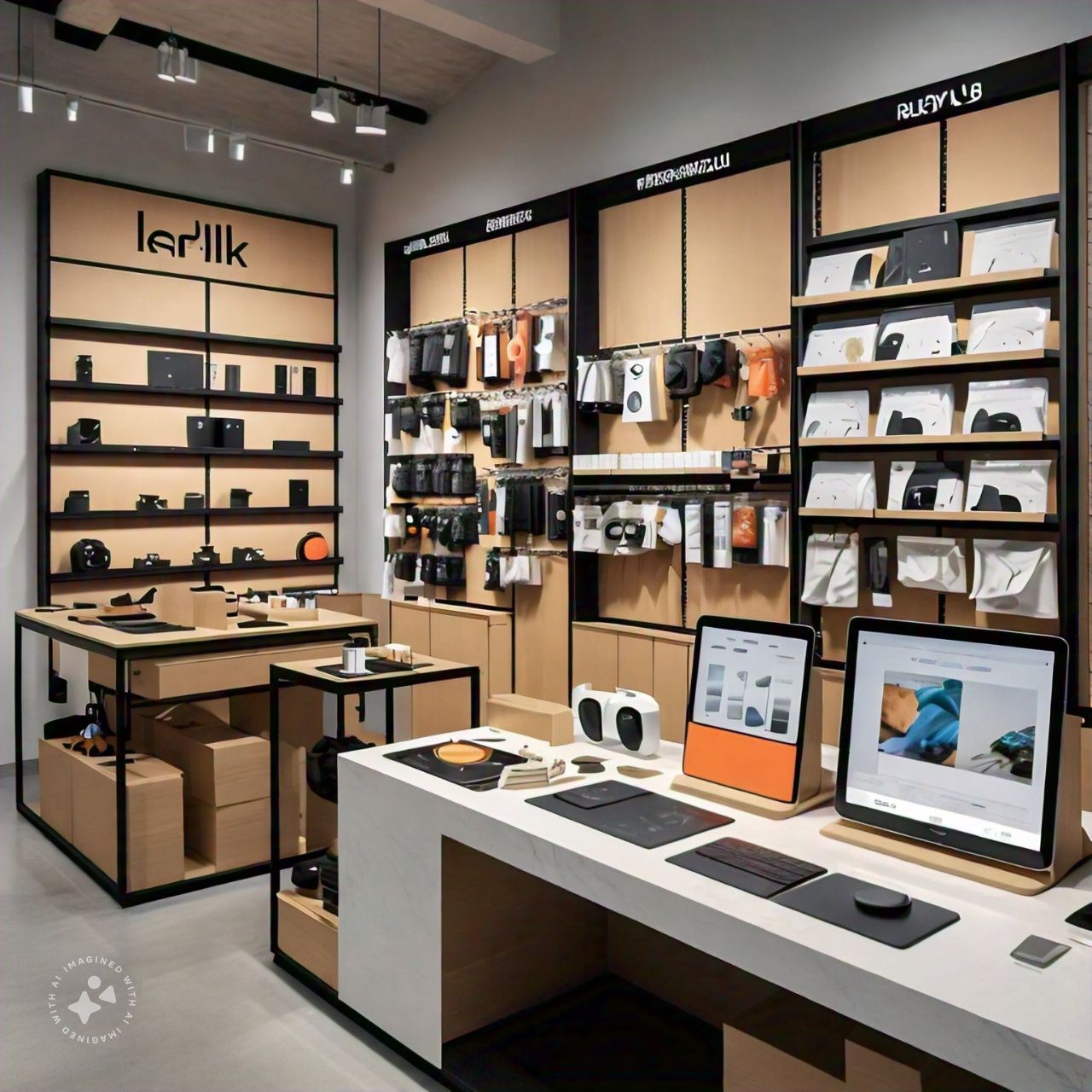Introduction
The rise of the internet has profoundly impacted virtually every aspect of modern life, and e-commerce is no exception. With advancements in technology, the landscape of online shopping is continuously evolving, offering new opportunities and challenges for businesses and consumers alike. This article explores how various internet technologies are shaping e-commerce trends, focusing on key developments such as artificial intelligence, big data, blockchain, and augmented reality.
Artificial Intelligence and Machine Learning
Personalized Shopping Experiences
Artificial Intelligence (AI) and Machine Learning (ML) are revolutionizing the e-commerce industry by enabling highly personalized shopping experiences. AI algorithms analyze customer behavior, preferences, and purchase history to provide tailored product recommendations. For instance, online retailers like Amazon use AI to suggest products based on past searches and purchases, increasing the likelihood of conversions and boosting customer satisfaction.
Chatbots and Virtual Assistants
AI-powered chatbots and virtual assistants have become integral to e-commerce platforms. They provide instant customer support, answer queries, and guide users through the shopping process. This not only enhances user experience but also reduces the workload on human customer service representatives. Companies like Sephora and H&M have successfully integrated chatbots to assist customers in finding products, tracking orders, and offering personalized recommendations.
Big Data and Analytics
Data-Driven Decision Making
Big data analytics allows e-commerce businesses to harness vast amounts of information to make informed decisions. By analyzing customer data, purchase patterns, and market trends, companies can optimize their marketing strategies, inventory management, and pricing models. For example, retailers can use predictive analytics to forecast demand and adjust stock levels accordingly, minimizing the risk of overstocking or stockouts.
Enhanced Targeting and Segmentation
Big data also enables more precise targeting and segmentation of customers. E-commerce platforms can segment their audience based on various factors such as demographics, purchase behavior, and online activity. This granular approach allows businesses to create more effective marketing campaigns and promotions, tailored to the specific needs and preferences of different customer groups.
Blockchain Technology
Secure Transactions
Blockchain technology, known for its role in cryptocurrencies like Bitcoin, is increasingly being adopted in e-commerce to enhance transaction security. Blockchain provides a decentralized and immutable ledger that records all transactions transparently and securely. This reduces the risk of fraud and ensures that transactions are tamper-proof, offering customers greater confidence in their online purchases.
Supply Chain Transparency
Another significant application of blockchain in e-commerce is supply chain transparency. By recording every step of the supply chain on a blockchain, businesses can provide customers with detailed information about the origin and journey of products. This transparency helps build trust and can be particularly valuable in industries where authenticity and ethical sourcing are important, such as fashion and food.
Augmented Reality and Virtual Reality
Immersive Shopping Experiences
Augmented Reality (AR) and Virtual Reality (VR) are transforming the way consumers interact with e-commerce platforms. AR technology allows users to visualize products in their own environment before making a purchase. For instance, furniture retailers like IKEA offer AR apps that let customers see how a piece of furniture would look in their home, helping them make more informed decisions.
Virtual Try-Ons
VR and AR also facilitate virtual try-ons, especially in the fashion and beauty industries. Consumers can use AR apps to virtually try on clothes, accessories, or makeup products, experiencing how they would look without physically trying them on. This enhances the online shopping experience and can reduce return rates, as customers have a clearer idea of what they are buying.
Internet of Things (IoT)
Smart Devices and Seamless Integration
The Internet of Things (IoT) connects everyday devices to the internet, enabling seamless integration between physical and digital experiences. In e-commerce, IoT technology allows for innovative features such as smart shopping carts that track items as they are added, or smart refrigerators that can suggest grocery orders based on current inventory. These advancements streamline the shopping process and offer greater convenience to consumers.
Enhanced Inventory Management
IoT also plays a crucial role in inventory management. Smart sensors and RFID tags can track inventory levels in real-time, providing businesses with accurate data on stock availability. This helps prevent stockouts and overstocking, ensuring that popular items are always in supply and reducing excess inventory that ties up capital.
Mobile Commerce and Progressive Web Apps
Growth of Mobile Shopping
Mobile commerce, or m-commerce, has seen exponential growth as more consumers use smartphones and tablets to shop online. E-commerce platforms have adapted by developing mobile-friendly websites and apps to provide a seamless shopping experience on smaller screens. Features like one-click payments and mobile-optimized product pages enhance convenience and drive higher conversion rates.
Progressive Web Apps (PWAs)
Progressive Web Apps (PWAs) represent a significant advancement in mobile commerce. PWAs combine the best features of web and mobile applications, offering fast loading times, offline capabilities, and a native app-like experience without requiring installation. Companies like Alibaba and Flipkart have successfully implemented PWAs to improve user engagement and performance, providing a smoother shopping experience for mobile users.
Conclusion
Internet technologies are continuously reshaping the e-commerce landscape, driving innovation and enhancing the shopping experience for consumers. From AI and big data to blockchain and augmented reality, these advancements are not only improving operational efficiency for businesses but also offering new ways for consumers to interact with online retailers. As technology continues to evolve, it is essential for e-commerce businesses to stay abreast of these trends and adapt their strategies accordingly to remain competitive in the ever-changing digital marketplace.
